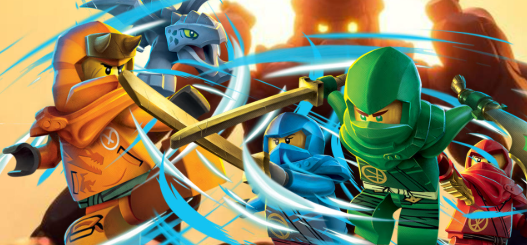Houses of Rio Norte Fun Facts
August 24, 2021
As you know, Rio Norte is home to houses represented by many iconic creatures. Most of you (think) know them well, or maybe just know their names, but these facts may surprise you.
Gnomes
Since garden gnomes are most commonly seen as western garden ornaments, naturally they come from Europe.. During the Renaissance era, they were believed to be nature spirits, or invisible beings that existed among humans that would help plants grow
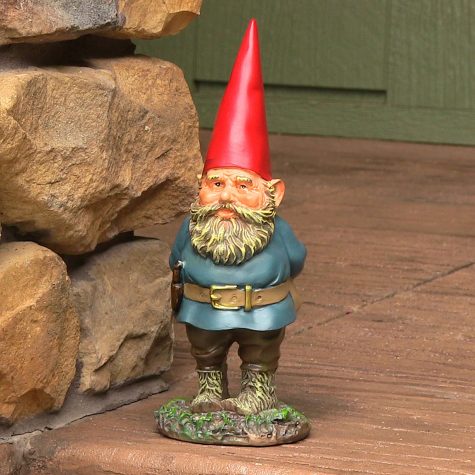
in the night, and in some German folklore, they were little creatures with farming super powers. They were also portrayed as living in small villages and towns, and having full on social structures. They also were known to plant wildflowers wherever they went. (hence their common appearance as garden decorations.) Their original name was ‘Grotesques’ and therefore gained their appearance as ugly, hunchbacked, and very brightly colored. Eventually, they became known as “Gobbi” and soon Gnome. In general, they were seen as a smaller mythical race that based their lives mostly around plants and farming.
Dragon
Dragons are some of, if not the most, iconic mythical creatures of all time. What is odd is there is not one original dragon myth adapted in many ways, different dragons come from many different places. Some of the first dragons come from as far back as the Ancient Greeks, both of which evolved independently. This is most likely due to the misinterpretation of fossils, because when put together wrong, they would look like crazy supernatural creatures. What’s interesting is while the concept of a dragon is shared throughout many cultures, what they symbolized is very different. In Christianity, they portrayed sin, and evil, whilst in most Asian cultures they were symbols of power, and strength. In China, their Emperors were even believed to be descendants of dragons, and embodied their power.

Griffin
Despite being a very common figure in Medieval era culture, it actually originates in areas of Levant, Persia, and even Egypt! They were brought to their iconic areas from the Asian silk road. When Greek traders came from many gold rich areas of the world, they often brought back stories of griffin. There are actually many versions of Griffins, throughout different cultures. All are hybrids of lions and eagles, and maintain a bird-like head, but wings can vary, and other little bits can be added. A common thread among all griffins is their regality.
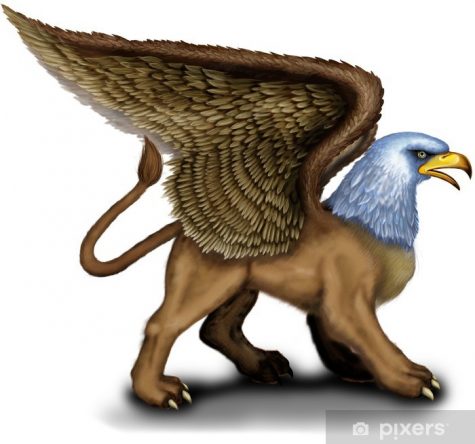
Since they are a combination between the king of animals, and the king of the skies, they were often seen as rulers and very prim, proper, bold and wise. The specifics varied myth to myth, even some saying griffins were dirty tricksters. Other myths suggest that they were guardians of of treasure, and were put in tombs to guard the dead and their wealth. The reason for this is most likely because of the Pentaceratops from the late cretaceous period. The Pentaceratops was a beaked dinosaur, on 4 legs, and its fossils were often found near pockets of gold, hence the legends of them guarding treasure.
Kraken

What is interesting about the Kraken, is that they are not myths! Their creatures were originally documented by Icelandic and Greenland sailors. They talked about a monstrous tentacled creature who lived in the cold waters and could swallow entire ships and crew in one go. And if they couldn’t they would circle the ships to create large whirlpools to drag them in, and drag the vessels down. They were a bright shade of red, and 40-50 feet long. What is interesting is while these may seem crazy, wild, and definitely over exaggerated a bit, it’s not that far off. Large, red, squid like creatures around 66 feet large have been seen deep under water, thousands of feet under the water, but there carcasses will often float to the surface, giving us all we know about them, and most likely is why sailors thought they were coming for them, and were scary dangerous monsters. Like squids, they can squirt ink when in danger!
Phoenix

The phoenix is a majestic creature of grace, beauty, and represents life, death and even the sun. These birds come originally from ancient Egyptian mythology, in which they were depicted as an Egyptian Heron, and associated with the sun, and the city of the sun (Heliopolis). The most iconic version of the Phoenix comes from Greek myths, where it is shown similar to a red and gold eagle, and rebirths every 500 years or so in the temple of the sun in the parts of the Greek empire and Egypt. The Phoenix actually exists in many other cultures and religions, like the Native Americans, Arabians, Christians and more! Phoenixes are making a comeback (pun intended) in most modern media, famously in the world wide franchise Harry Potter the book series, first appearing in the second book, The Chamber of Secrets.
Pegasus
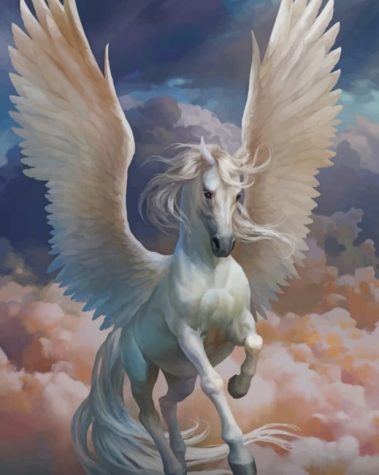
The Pegasus is an iconic animal, this famous winged horse is very common in modern media, but is far from new. The Pegasus, unlike a lot of other myths on the list, come from just Greek mythology. Pegasus, the creator of the pegasi species, is the child of Poseidon, Greek god of oceans, and Medusa, the iconic snake haired gorgon of Greek origin. I know what you’re thinking, how could a horse with wings come from a snake demon and a water god? Well, I have no clue, but it probably has something to do with Poseidon being the god of horse, along with water. Pegasus had the ability to create streams at just the strike of his hoof, and was even credited for the creation of a few streams in Greece. And as I said earlier, he was immortal. Pegasus roamed feral for a very long time, but was eventually tamed by a Greek hero named Bellaphron, but he couldn’t do this alone of course. He had the assistance of Athena, goddess of wisdom and her magic bridle (a piece of equipment to help ride horses and attach the reins.) They went on many adventures together, slaying many monsters and saving many lives.
Sphinx
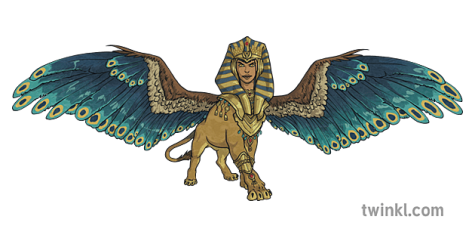
The sphinx is most likely the most famous symbol of ancient Egypt, next to mummies of course. The Sphinx is most commonly portrayed as a creature with a human head, the body of a lion, but can also be seen with a falcon or ram’s head. It represented several things, but was mostly seen as a symbol of protection against the pyramids, and would fight off the enemies of Ra, the sun god of Egypt. It also showed the power of the Pharaohs, the rulers of Egypt, and were sometimes shown with the pharaoh’s head. The Greek adaptation though, the Sphinx kept the iconic lion’s body, but had the head of the women, and also added the tail of a serpent and wings of an eagle. The Sphinx would sit outside of the famous city of Thebes, and faced anyone who entered with two very difficult riddles. If they failed, they were eaten. Eventually, a hero named Oedipus was able to solve both of the riddles, and out of shame, the Sphinx threw herself to the rocks and died.
Yeti
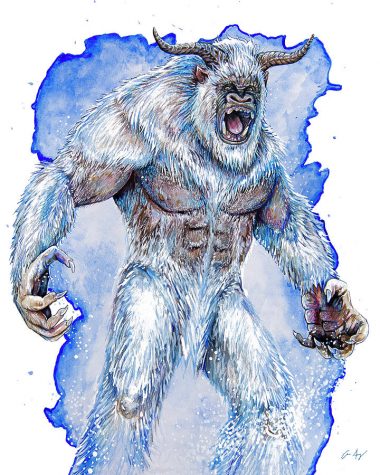
While you might think that the Yeti is a bit of a black sheep on this list, since it is believed to be real by some unlike the others, it isn’t quite so different. The yeti is not just a creature made of conspiracies, it actually originates from the myths of Himalayan people. Since there are many areas and cultures surrounding the infamous mountains, they go by many names in many different languages. The yeti is put between man and animal, like a place in between them. In some cultures, it was seen as a wild god, or god of hunt. In most though, they used the Yeti as cautionary tells to warn children not to go too far into the mountains. Around the 20th century, the boom in westerners attempting to scale the Himalayan’s led to a heavy increase in theories, evidence, and sightings of the Yeti. Yeti tracks seem to be a very popular price of proof, and plenty of photos have been taken of them. One of the most famous pieces of yeti evidence was a photo taken by Eric Shipton of his ice pick next to an odd foot print found in Himalayan snow.
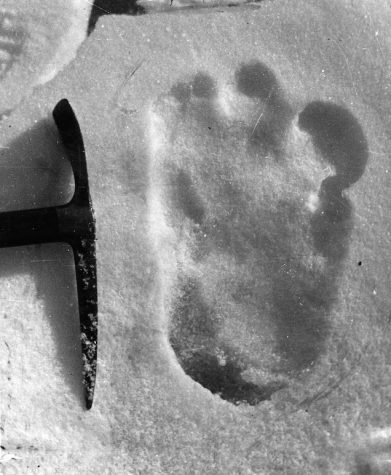
People have even said to recover yeti scalps, hands, and other pieces of the yeti. Most of this “evidence” is just a hoax, but some has shown inconclusive results, and not have been able to be identified in animals that we know.
While most of these very common mythical creatures are well, common, the myths behind them are often not given as much of the lime-light. That truly is saddening because they all are so fascinating and fantastical but I am so glad our staff at Rio Norte chose such mythology rich creatures to represent us, it truly reflects us and our amazing school.
















